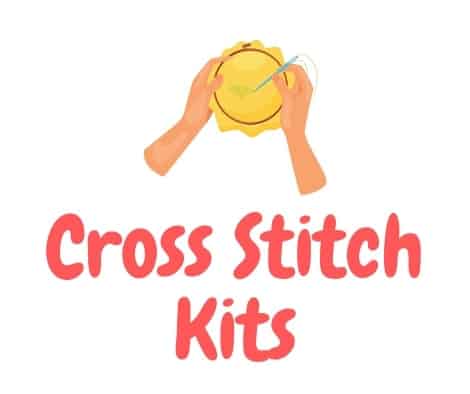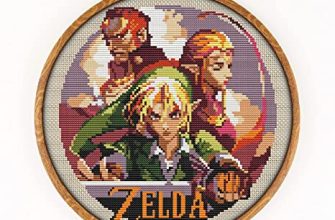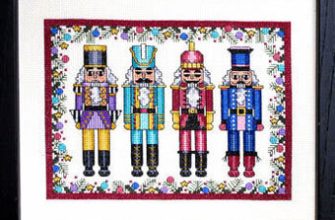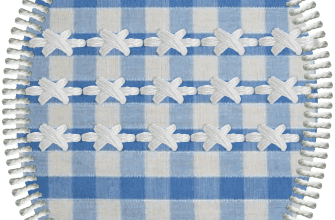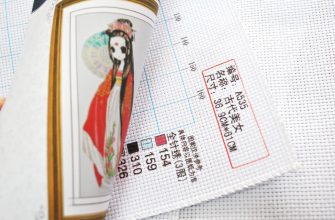There’s a wide variety of opinions on whether you should outline your cross stitch piece or not—some say it should always be done, while others claim that it’s never necessary. We have some thoughts on the topic below.
One very important reason is your skill level. When you are starting out in cross-stitching, it is very easy to make mistakes and not get them all caught up. With each new design, there is more room for error. This means you need to make sure that you have everything gathered up neatly so that you do not miss anything.
This nice thing about outlining is that it will bring your images closer together and make the finished piece look cleaner and crisper. It also helps your stitches stand out better because they will be covered up in the borders. Also, when you are making straight lines for your stitching, you can end up with a smooth and even finish.
Another important reason is that you want to keep things neat and tidy. You never know when you are going to have to redo something or take the piece apart. Without the correct border, there will be no way for you to see what is wrong. Of course, this can lead to some ugly-looking cross stitching! That is why you should always go ahead and outline your work so that you can see what you are doing.
An important reason to outline your work is that it will allow you to learn how to do multiple patterns. You do not want to do straight stitch after one another without an outline. This will only cause you frustration and disappointment.

One of the last reasons is that it will avoid any unnecessary pressure on your hands. Holding your fabric in the shape of a square helps to lessen the possibility of having to drag your fabric around. You can always trace the squares before you start stitching. This will allow you to control where your edges are and ensure that your hands will not be causing any blunders.
The last and most important reason is that it will help you line up your work with others. If you plan on doing your work as a group, it will help to eliminate errors because it will help to keep things straight. You can also make sure that your work will fit together in a visually pleasing way.
When you are using a light-colored fabric, you should do outline work to ensure that you are making a pretty graphic design. You will make your graphics pop and give your finished piece a clean finish. Also, with some darker colors, you will notice that the stitching will look brighter and cleaner with the outline.
You will quickly learn how to outline your cross-stitch if you follow the simple rules I mentioned above. Once you know how to do it, you will find that your work will come out more polished and your work will look better. In fact, this will help you get better at your craft and become a better artist.
As you get better at your cross-stitch, you will find that you can make your own outlines. However, this is a time-consuming process that can become quite expensive for you. The best alternative is to find someone who does the same thing and have them outline your work for you. This can be quite a time-consuming process, but once you have a few people do this for you, you will be able to do this easily and within no time at all.
Cross stitch outlining and back stitches
What differentiates a cross-stitch from a backstitch? In a backstitch, each individual stitch goes from forward to backward and then again from backward to forward, completing a loop before going into the next one. In a cross-stitch, two threads pass through each hole, going from left to right and then from right to left again before going into the next hole. In both back stitch and cross-stitch, the needle should pass under one thread at the top of the hole and over one thread at the bottom of the hole.
Outlining can be tedious but it makes your finished piece so much better
Don’t outline all of your stitches at once! Divide your work into sections and outline one section at a time. This way, if you get tired or frustrated, you can take a break and come back to finish another section at a later time. It may be helpful to make a small template out of paper for each individual letter or shape of stitches that you want to outline. This will help you get more consistent outlines for each letter or design elements without having to continually measure from
There is an old saying that cross-stitching is like watching paint dry. It may feel like it takes forever to do the outlining, but once you’ve finished it’s really worth it.
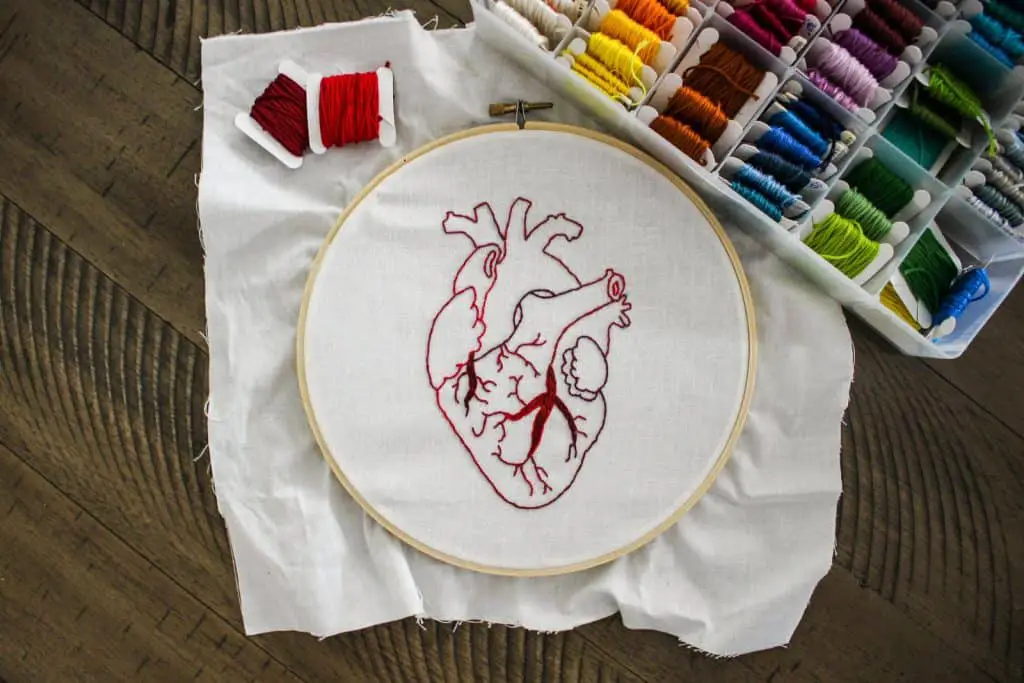
The outline gives your piece definition and stability. If you don’t outline, your finished project will look unfinished, even though your stitching work is really nice. You can try out different stitches without worrying about the difficulty of the design; instead, you can focus on trying new techniques with the outline. It’s also interesting to see how many different ways there are to outline the same thing – some people like lots of little dots or short lines (which give a more bubbly look), others like one long line (which creates a smoother appearance).
An outline will make cross-stitching look like a machine-made product
The most important thing when outlining is to use only as much floss as you need for each stitch. If you put too much floss between stitches, you make the finished piece look stiff and awkward, like it has been stitched in place rather than knitted in. It can be hard to control how much floss you take up when starting and stopping your outline (I find this especially true when using a needle), but once you get going it’s much easier to keep the amount consistent.
The outline gives your piece definition and stability. If you don’t outline, your finished project will look unfinished, even though your stitching work is really nice. You can try out different stitches without worrying about the difficulty of the design; instead, you can focus on trying new techniques with the outline. It’s also interesting to see how many different ways there are to outline the same thing – some people like lots of little dots or short lines (which give a more bubbly look), others like one long line (which creates a smoother appearance).
